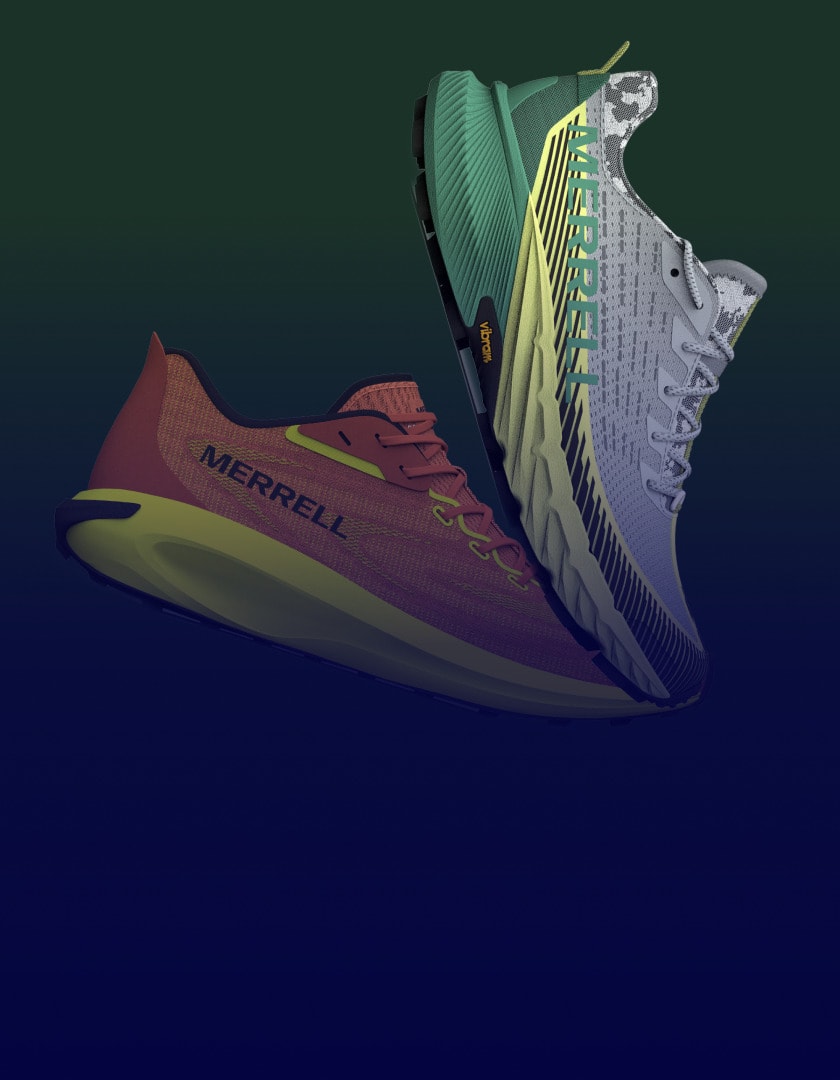“One garment has so many spreadsheets associated with it and when you start emailing them around, suddenly, they are everywhere and you’ve lost control.”
Hadi Salem, Founder of Chaser and resident IT head, knew he needed to get his data in order. The company had been using spreadsheets for product development before trying on a PLM system. He explained the reasoning to his staff, “It’s easier for us to manage and duplicate information and have accountability with PLM.” Unfortunately, the PLM system that was initially put in place didn’t have the robustness Chaser needed. After a move to Centric PLM™, the company is up and running with it. Communication is improved, remote working is possible, and all product data flows in and out via one single source where everyone knows to go for answers. How did this all come about?
About Chaser
Based in California, Chaser was formed in 1998. Influenced by rock and roll, Chaser is a contemporary clothing line for women, men and children—in their words—”dedicated to the evolution of style. Designed in Los Angeles, inspired by icons of generations past, the collection is consistently looking forward. Fit, fabrication, hand-feel and construction all reign supreme. Dressed up or dressed down, Chaser remains the authority on cool.” Chaser is 80% wholesale, sold through boutiques across the US with forays into Europe. Chaser is also the parent company to two other brands: Saltwater Luxe and Sandrine Rose, all available DTC via the respective websites with global shipping to certain countries.
Putting Data in Order
The need for PLM arose from having to deal with too many spreadsheets that could be changed by anyone, causing multiple versions to be floating around. “For the Chaser brand alone, we have 500 styles per season. Imagine you are sending a spreadsheet to a factory for a single style. It’s getting cc’d to 7 people. If there are any revisions, the number of spreadsheets starts multiplying very fast,” says Salem. “With Excel, you don’t know where everything is. It’s hundreds of thousands of different spreadsheets, and they’re all over the place. A file might be saved on the local drive. It might be saved on the server drive. It might be saved in the cloud. You have no idea. Centric PLM consolidates everything in one place. And if there’s a mistake, there’s accountability; with Excel there isn’t.”
Second Time’s a Charm
Chaser turned to PLM. Salem says, “It’s really important to know where your data is.” Alas, the first PLM system they implemented ran into some difficulty around customizing accesses and permissions for internal users. With three distinct brands, Chaser wanted to keep the integrity of the designs separate and also to limit vendor access to specific areas of PLM, but just were not able to get to that state. Enter modern, mobile, cloud-based Centric PLM which solved exactly the issues causing Chaser concern, plus first and foremost, provides one source of the truth.
No More Spreadsheets
When asked what the spreadsheet reduction has been, Salem replies, “The spreadsheets are gone in the sense that we don’t use them anymore for managing product development.” He continues on, making a point. “The fact that there are thousands of spreadsheets is inconsequential. The fact that there might be seven or eight different specifications for the same style—there’s the problem. What we want to reduce is the amount of bad information that’s going to the factory or vice versa. With a spreadsheet who knows—the factory could be looking at one version of a spreadsheet and we could be looking at another with the same titles but different measurements.”
Centric PLM is a single point of entry and a single point of exit. Information is in one spot and one spot only.”
Practice Makes Perfect
Centric PLM has been deployed across the three Chaser brands. Salem says, “The hardest part of software is getting people to use it—actually getting them to open it and use it. And the more you use it, the better you get. In the very beginning, it’s like climbing a hill—it’s difficult. We had to learn how to do it and we were persistent.”
“I would say for a year into it, we are comfortable. People are getting more used to it. I don’t even think that they could go back to spreadsheets anymore. And in two to three years from now, we’ll be that much better at it.” Salem continues, “It’s like learning to drive a car. The more you do it, the better you get. I wouldn’t say we’re at race car level yet, but we are able to drive city streets. Our knack for using it is improving all the time.”
Salem shares his philosophy on software in general. “Software is never used to its fullest potential. I would venture to say that 40% of Microsoft Excel users are probably only using it for addition and subtraction. In the end, with all this technology, it comes down to the people who are providing the software and the people who are using the software.”
Fruits of Labor
Salem notes, “I kind of forced [PLM] through the company but now we’re seeing the fruits of that. We’re able to duplicate styles faster, make adjustments faster. We use it pretty much consistently and people are not allowed to make the slightest change to any specification outside of Centric. We are definitely better at communication with the factory and faster at what we do. There are times that people are going to be working from home. A kid is sick and they still need to work. They can log in. They have laptops that can access the data—Centric PLM makes that possible.”
Responsiveness is Key
Salem believes in the partnership with Centric Software. “As long as we get the support from the Centric team, we’ll be more successful. The team has been very good in helping us in the training especially when we had some issues in the beginning; they came right back and retrained a new group of people and were right on point.”
“I think I have a great relationship with [our Centric Sales Rep]. He’s super easy to get on the phone. It usually doesn’t take more than one or two minutes for him to get back to me if he’s busy. And then the support team is very, very fast.” Of Centric, Salem concludes, “The software is good and the people are better. That’s really important to us.”
New to Centric PLM? Learn more
What is Centric Pricing & Inventory? Learn more
What is Centric Market Intelligence? Learn more
Centric Visual Boards Learn more













